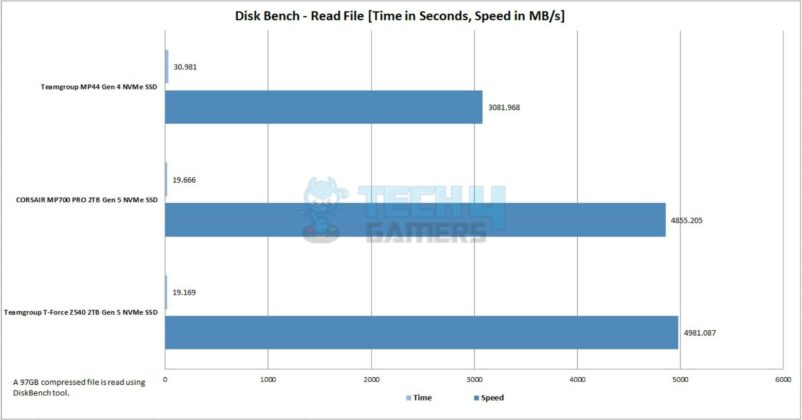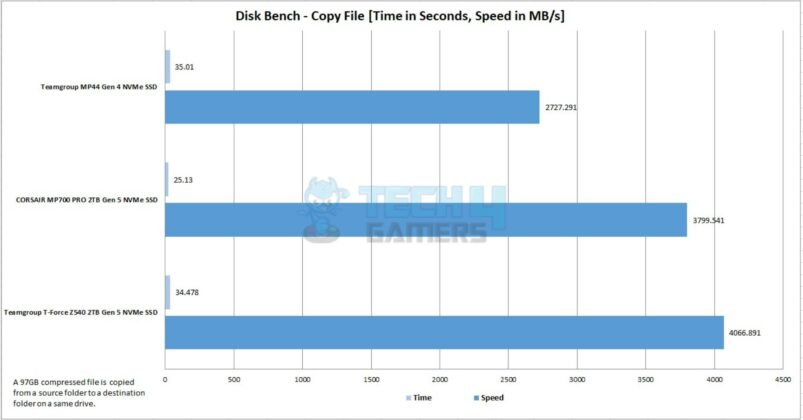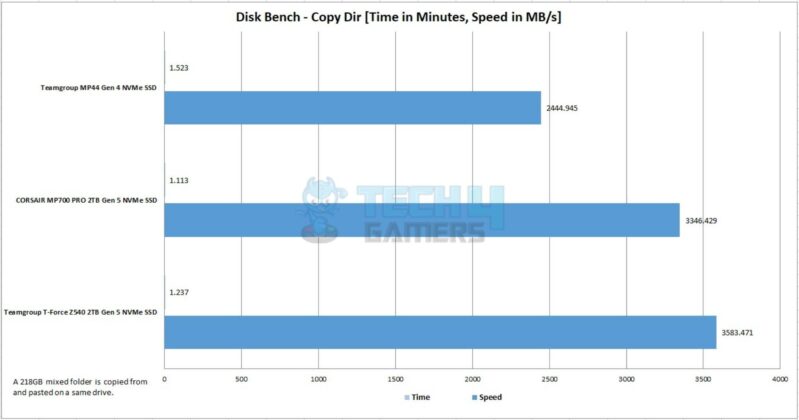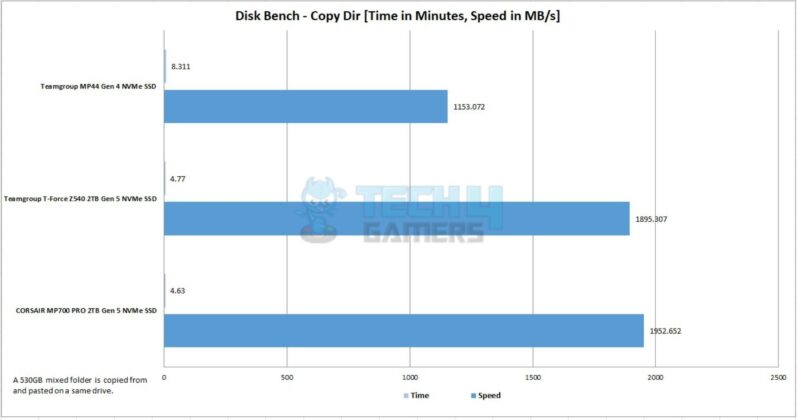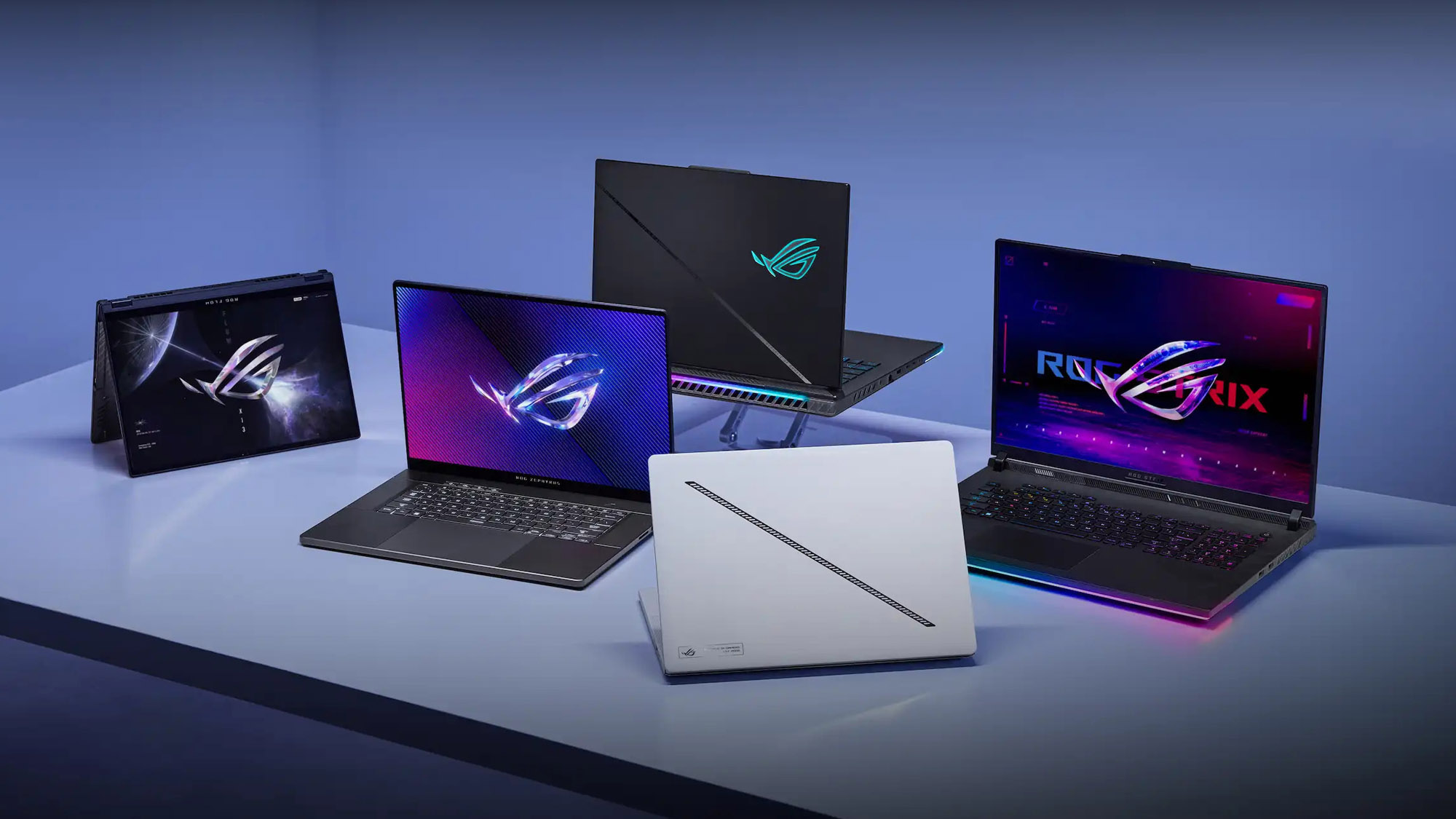The storage landscape is progressing at a rapid pace, with PCIe 5.0 SSDs emerging as the latest innovation promising unparalleled performance gains. However, amidst the excitement surrounding these cutting-edge drives, it’s crucial to analyze whether they truly offer tangible benefits, especially for gamers.
Should you really invest in a brand new PCIe 5.0 SSD for gaming, or is your trusty old SSD still good enough for the job?
Understanding PCIe 5.0 SSDs
PCIe 5.0 SSDs represent the pinnacle of storage technology, boasting enhanced specifications that set them apart from their predecessors. With doubled bandwidth and improved data transfer rates compared to PCIe 4.0 drives, PCIe 5.0 SSDs promise to offer a substantial leap in performance. While PCIe 4.0 protocol has a transfer rate of 16 GT/s, PCIe 5.0 devices double that at a whopping 32 GT/s.
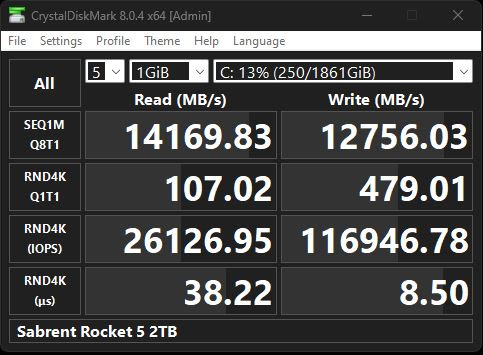
This upgrade has the potential to translate into lightning-fast storage access, reducing load times and better overall system responsiveness, particularly in data-intensive applications like gaming. Moreover, PCIe 5.0 SSDs can provide greater flexibility and scalability, enabling users to harness the full potential of these ultra-fast storage devices.
Why you shouldn’t buy PCIe 5.0 SSDs
Marginal Performance Gains
While PCIe 5.0 SSDs undoubtedly offer impressive performance enhancements on paper, the real-world benefits may not always justify the hefty price tag. In many scenarios, the performance gains achieved with PCIe 5.0 drives over their PCIe 4.0 counterparts are marginal at best, especially for average users who don’t engage in highly demanding workloads.
As we concluded in our Teamgroup T-Force Z540 PCIe Gen 5 SSD review, the differences in speed and efficiency between PCIe 4.0 and PCIe 5.0 SSDs may not be noticeable in everyday usage scenarios, such as web browsing, document editing, or even gaming. With that said, the incremental performance gains offered by PCIe 5.0 SSDs may not justify the premium price premium, particularly for users who prioritize cost-effectiveness and value.
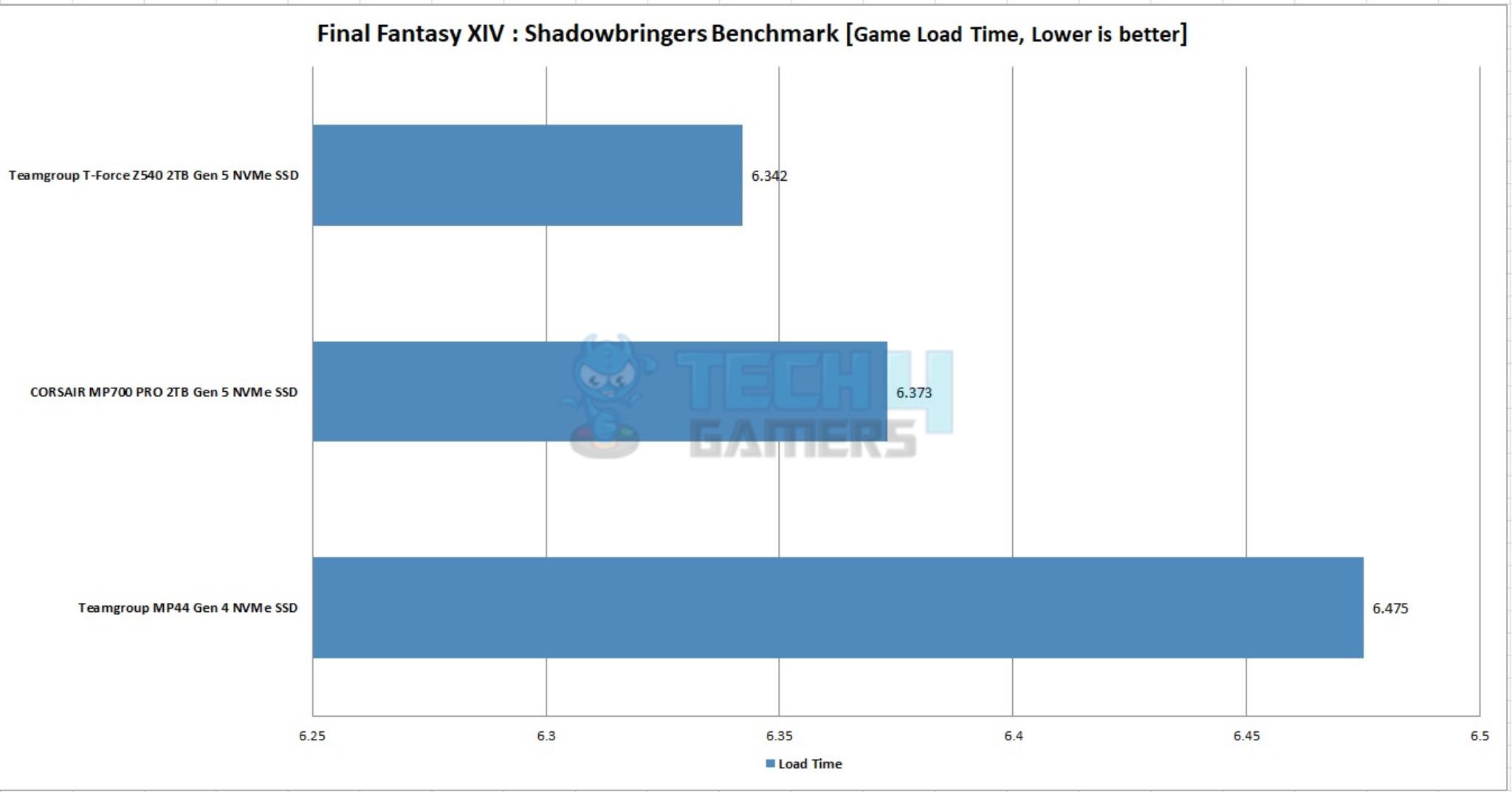
We noted in our PCIe 3.0 vs PCIe 4.0 comparison that most users nowadays don’t even saturate the theoretical bandwidth provided by PCIe 3.0 SSDs, let alone the much more capable PCIe 4.0 protocol. While yes, each subsequent generation does showcase an improvement in synthetic benchmark results, the real-world benefit is way harder to realize, at least as of right now.
Cost Considerations
When shopping for an SSD, one of the most significant deterrents to investing in PCIe 5.0 SSDs is their exorbitant cost compared to previous-generation drives. The premium price point of PCIe 5.0 SSDs may deter budget-conscious consumers from upgrading, particularly when considering the diminishing returns in performance gains relative to the steep price increase.
While PCIe 5.0 SSDs offer enhanced performance and future-proofing potential, the cost-benefit ratio may not always align with the budget constraints of many users. Moreover, the availability of more affordable alternatives, such as PCIe 4.0 SSDs and high-performance SATA SSDs, further complicates the decision-making process for consumers weighing their storage options.
Compatibility Limitations
Another factor to consider is the compatibility of PCIe 5.0 SSDs with existing hardware and software configurations. While modern motherboards and processors from both Intel and AMD support PCIe 5.0 interfaces, older systems may require upgrades to leverage the capabilities of these drives fully. Moreover, gaming software and applications do not yet harness the full potential of PCIe 5.0 SSDs, limiting their practical benefits for many users.
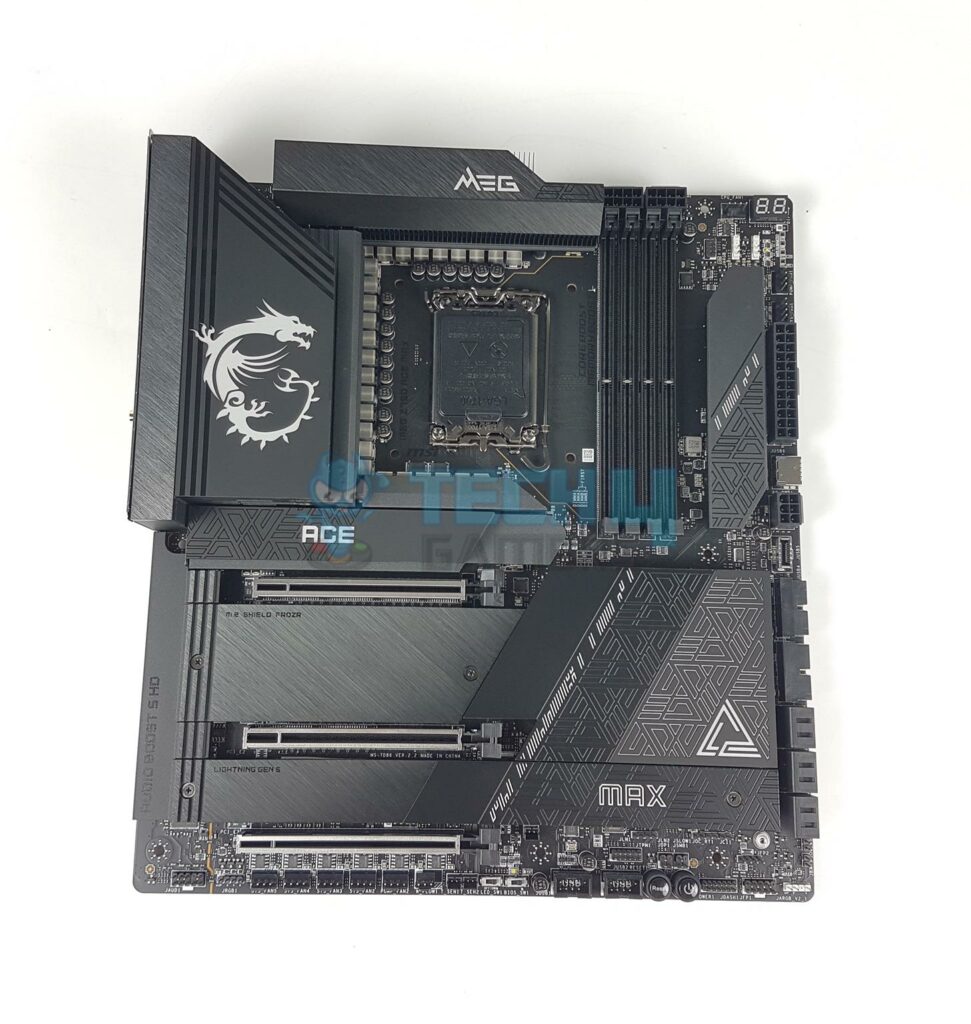
As such, consumers must carefully assess the compatibility of PCIe 5.0 SSDs with their existing systems and software ecosystems before making a purchasing decision. Current platforms that support PCIe 5.0 technology, such as AMD AM5 and Intel’s Raptor Lake, are quite expensive in general, and upgrading to these platforms just for the sake of PCIe 5.0 support does not make a lot of financial sense.
Viable Alternatives
- For users seeking high-performance storage solutions without breaking the bank, PCIe 4.0 SSDs and high-end SATA SSDs remain viable alternatives to PCIe 5.0 drives.
- These options offer excellent performance at a more affordable price point, making them attractive choices for users who prioritize value and cost-effectiveness.
- PCIe 4.0 SSDs provide significant performance improvements over PCIe 3.0 drives while offering better compatibility with existing hardware and software configurations.
- Moreover, it is nearly impossible to saturate the 7000 MB/s maximum theoretical speed of a PCIe 4.0 SSD in normal day-to-day computing.
- Similarly, high-performance SATA SSDs deliver acceptable speed and reliability for a fraction of the cost of PCIe 5.0 SSDs, making them suitable for users with bulk storage requirements.
- You can always combine the capabilities of a smaller PCIe 4.0 NVMe M.2 SSD for your operating system, with a larger 2.5″ SATA SSD for your media files and bulk storage needs.
- By exploring these alternative options, users can find the right balance between performance and affordability without resorting to PCIe 5.0 devices.
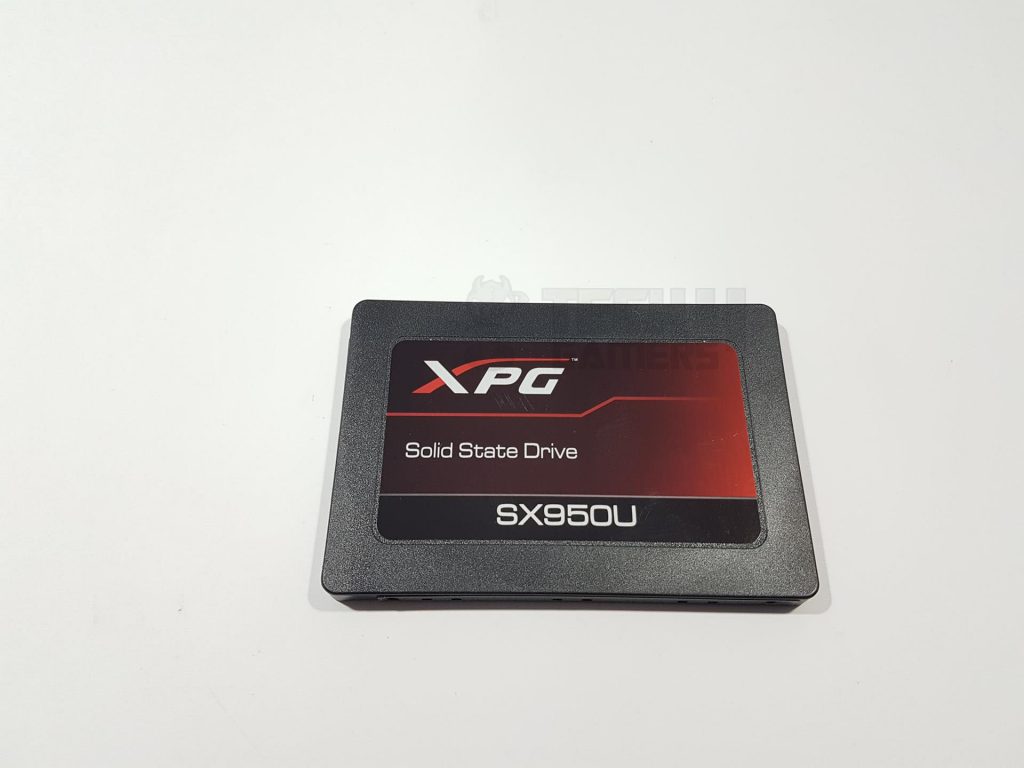
Future of PCIe 5.0
PCIe 5.0 GPUs
Looking ahead, PCIe 5.0 technology holds immense potential beyond storage applications. The advent of PCIe 5.0 GPUs promises to improve graphics processing, enabling faster data transfer between GPUs and other system components.
This development could lead to significant performance gains in gaming, rendering, and other GPU-intensive tasks, further enhancing the overall computing experience down the line. However, PCIe 5.0 does not deliver any tangible benefits over PCIe 4.0 in terms of GPU performance at the time of writing.
Microsoft DirectStorage
Another exciting development on the horizon is Microsoft DirectStorage, a new API designed to optimize storage performance for gaming on Windows systems. Leveraging the capabilities of PCIe 4.0 and PCIe 5.0 SSDs, DirectStorage promises to reduce load times and improve asset streaming in games, delivering more immersive and seamless gaming experiences for players.
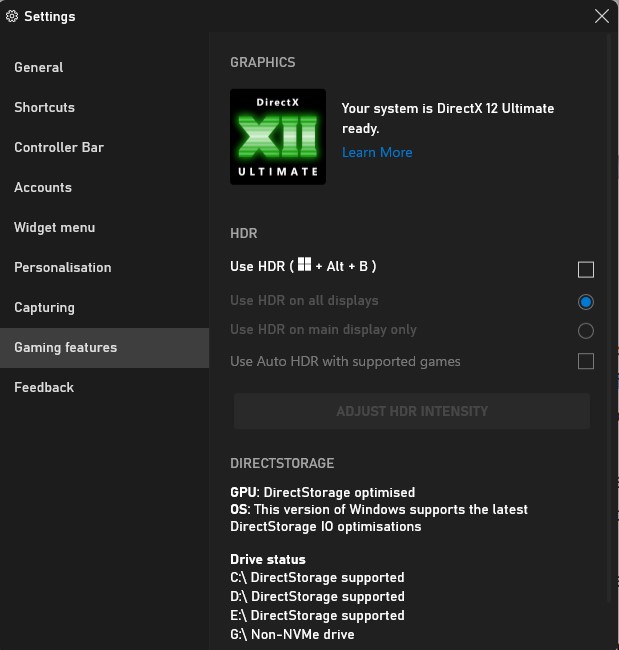
This implementation, if done correctly, could bring about a revolution in the gaming industry and allow developers to explore approaches that were just not possible before.
Bottom Line
While PCIe 5.0 storage drives offer undeniable performance advantages on paper, their high cost, compatibility limitations, and lack of real-world benefit may give pause to some consumers. Ultimately, users must weigh the benefits and drawbacks of PCIe 5.0 SSDs against alternative storage solutions to determine the best fit for their specific requirements.
Thank you! Please share your positive feedback. 🔋
How could we improve this post? Please Help us. 😔
[Reviews Specialist]
Usman Saleem brings 8+ years of comprehensive PC hardware expertise to the table. His journey in the tech world has involved in-depth tech analysis and insightful PC hardware reviews, perfecting over 6+ years of dedicated work. Usman’s commitment to staying authentic and relevant in the field is underscored by many professional certifications, including a recent one in Google IT Support Specialization.
8+ years of specialized PC hardware coverage
6+ years of in-depth PC hardware analysis and reviews
Lead PC hardware expert across multiple tech journalism platforms
Certified in Google IT Support Specialization
Get In Touch: usman@tech4gamers.com


 Threads
Threads